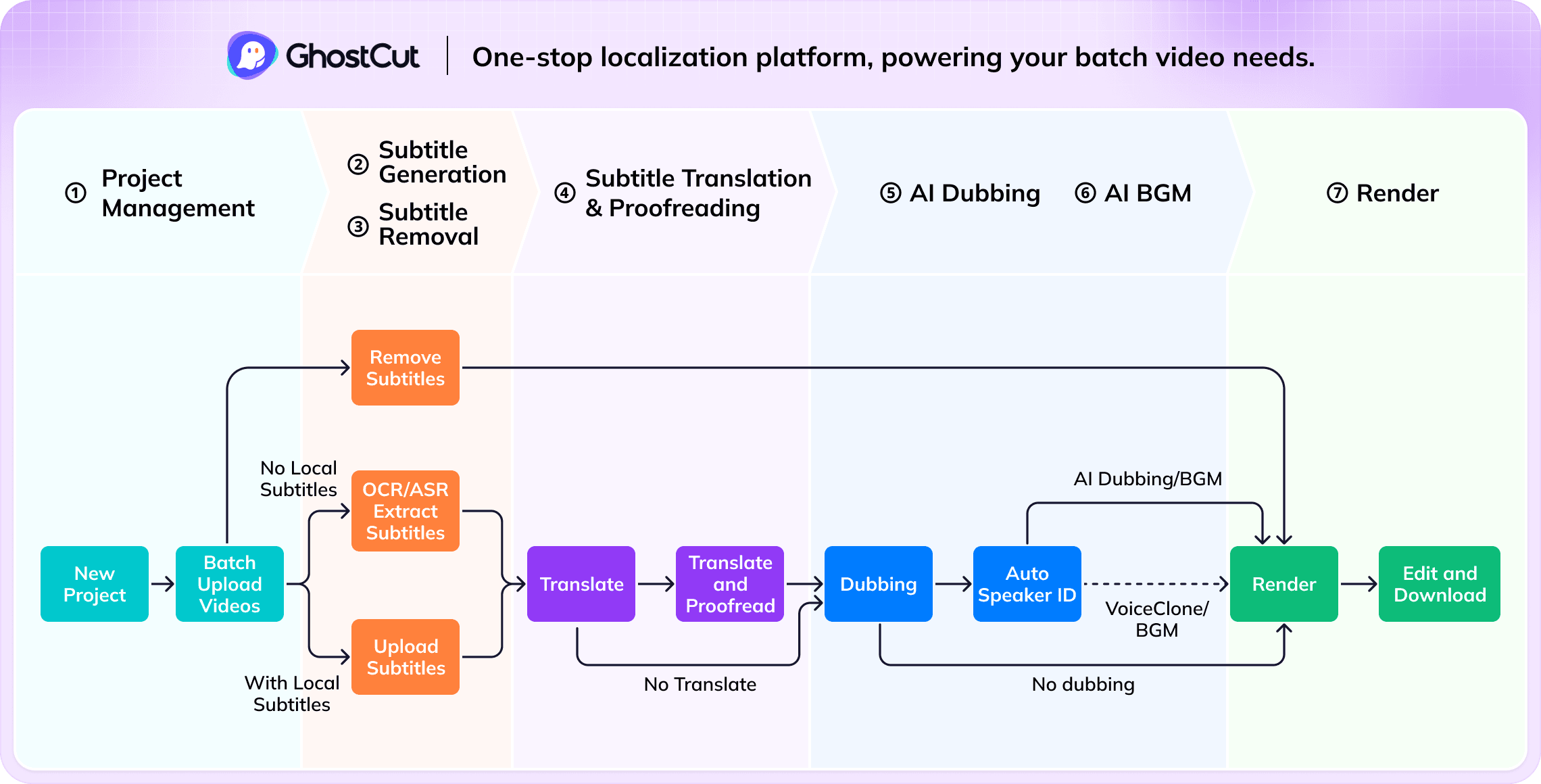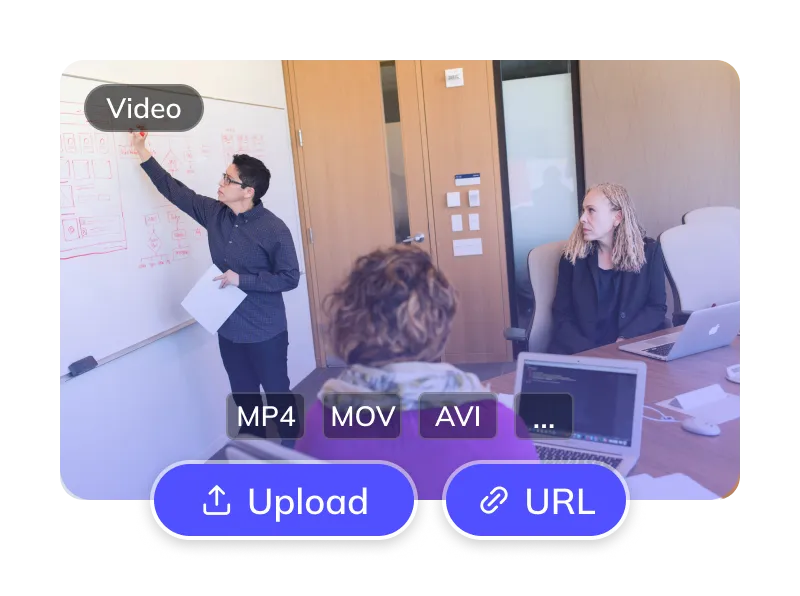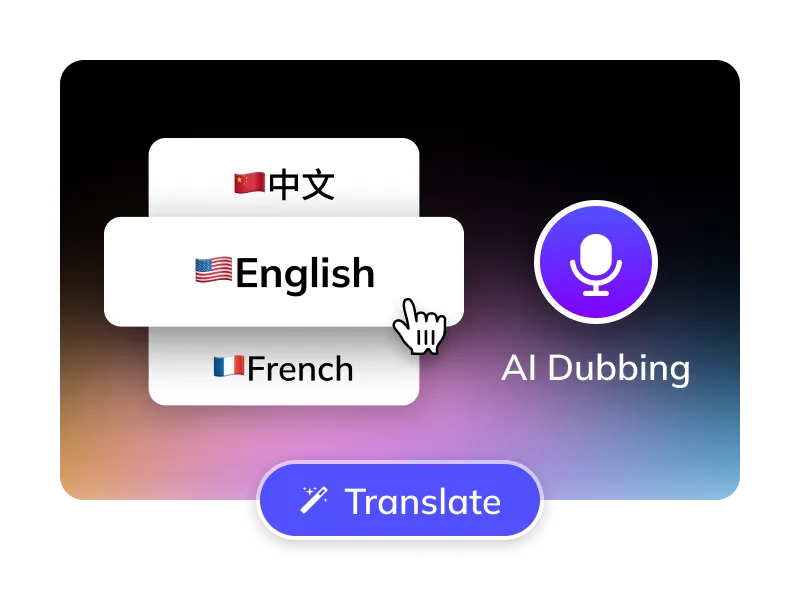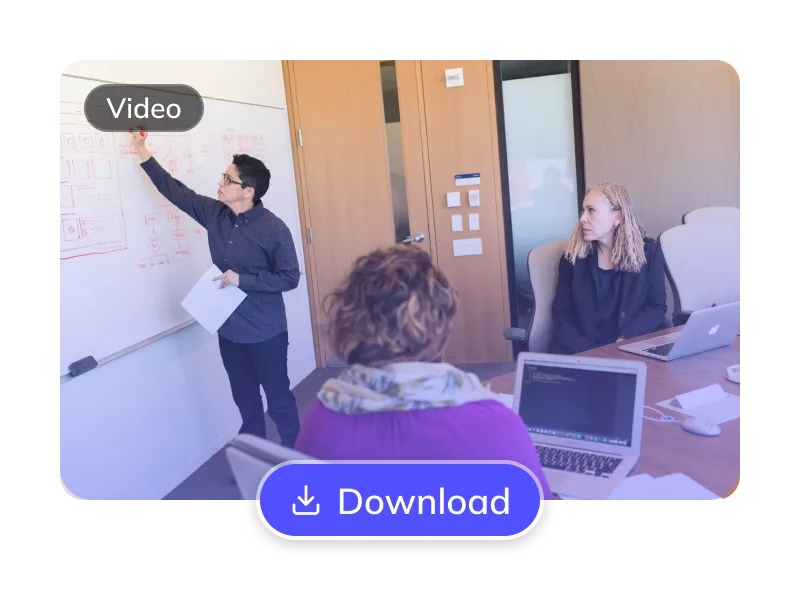How to Translate Chinese Videos to English ?
Translate Chinese Videos to Hindi in 3 Easy Steps
Trusted by 1,500,000+ Global Creators and Businesses
Why GhostCut for Your Video Translations?
GhostCut is your all-in-one AI solution for translating Chinese content into natural, engaging Hindi.
Effortless Project Management
Manage Chinese assets, subtitles, & Hindi videos. Batch process projects efficiently.
Pinpoint Hindi Accuracy
Up to 99.5% accurate. Optimized for Chinese-to-Hindi with LLM calibration & multi-agent review for culturally fluent Hindi translations.
Lifelike Hindi AI Dubbing
Choose from diverse, human-like Hindi AI voices (US/UK accents). Emotion-cloning technology captures original tone for natural Hindi delivery.
Flexible Chinese Subtitle Options
Optionally erase original Chinese hardsubs for a clean slate. Translate embedded Chinese subtitles directly.
Smart Multi-Speaker ID (Chinese)
AI detects multiple speakers in Chinese videos. Assign or clone distinct Hindi voices per character, with cross-episode consistency for complex Hindi dubs (dramas, interviews).
Efficient Batch Processing & API
Batch translate and dub 100s of Chinese videos to Hindi at once. Seamlessly integrate with our robust API.
Versatile BGM Control
Keep or mute original BGM. Our unique tech can also isolate sound effects, meeting diverse copyright and distribution needs.
Unbeatable Value
Flexible Chinese-to-Hindi plans. Try core features free. Automated pro service from just $0.1/minute.
Easy Online Access
No downloads. Instantly translate Chinese videos to Hindi online. Works on Windows, Mac, & major mobile browsers for cloud processing anywhere.
The GhostCut Edge: Unmatched Accuracy, Speed, and Value.
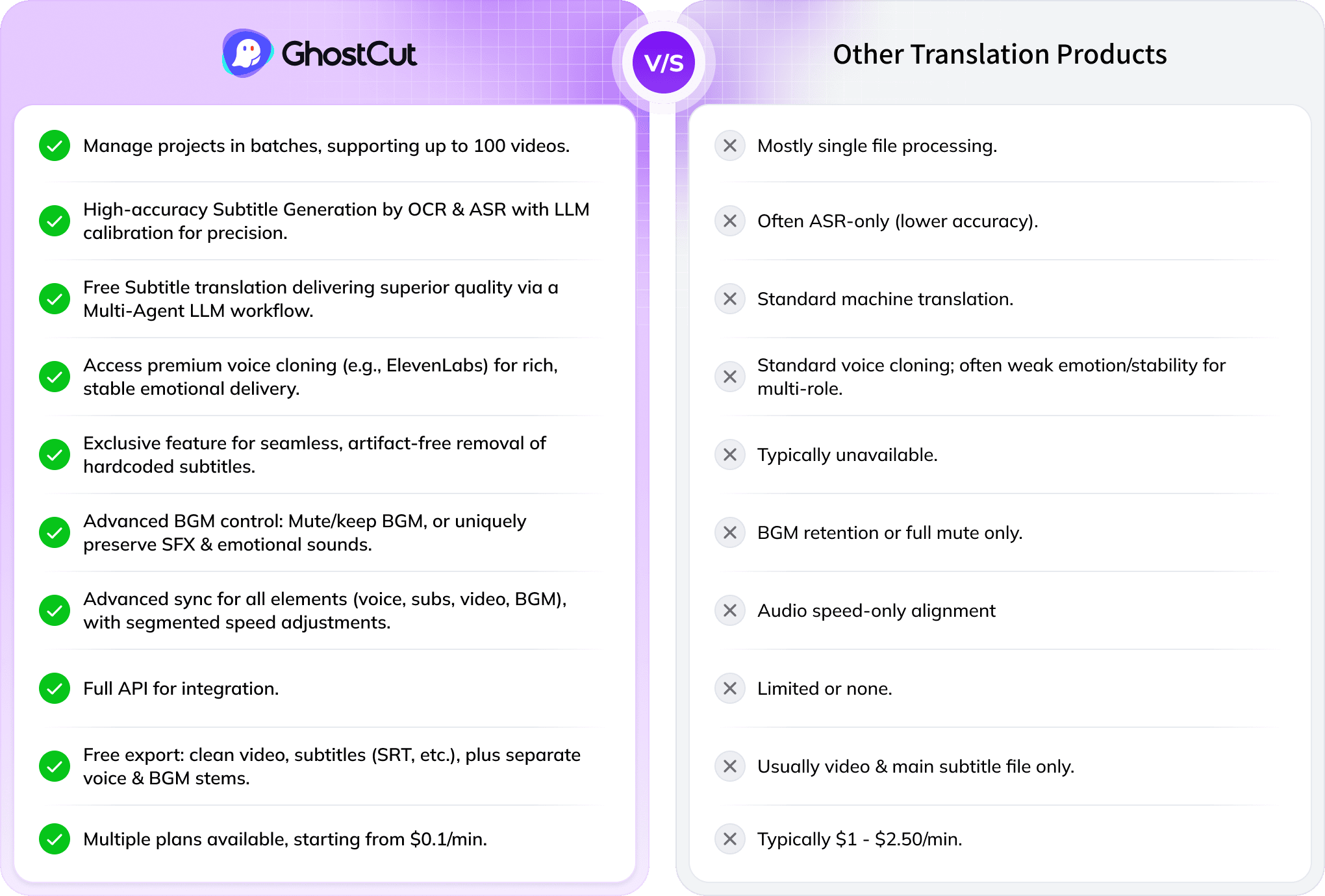
Every Algorithmic Optimization, Engineered for Quality Hindi Video
Mastering Long-Form Chinese Drama & Multi-Character Dubbing
Translating a 100-minute Chinese drama with 4000+ lines and many characters into Hindi is tough. Standard AI struggles to tell speakers apart, causing errors. GhostCut’s multi-modal AI (video, voice, text) excels in long-form, multi-speaker content, ensuring accurate, consistent character voices across entire series.
Translate Now
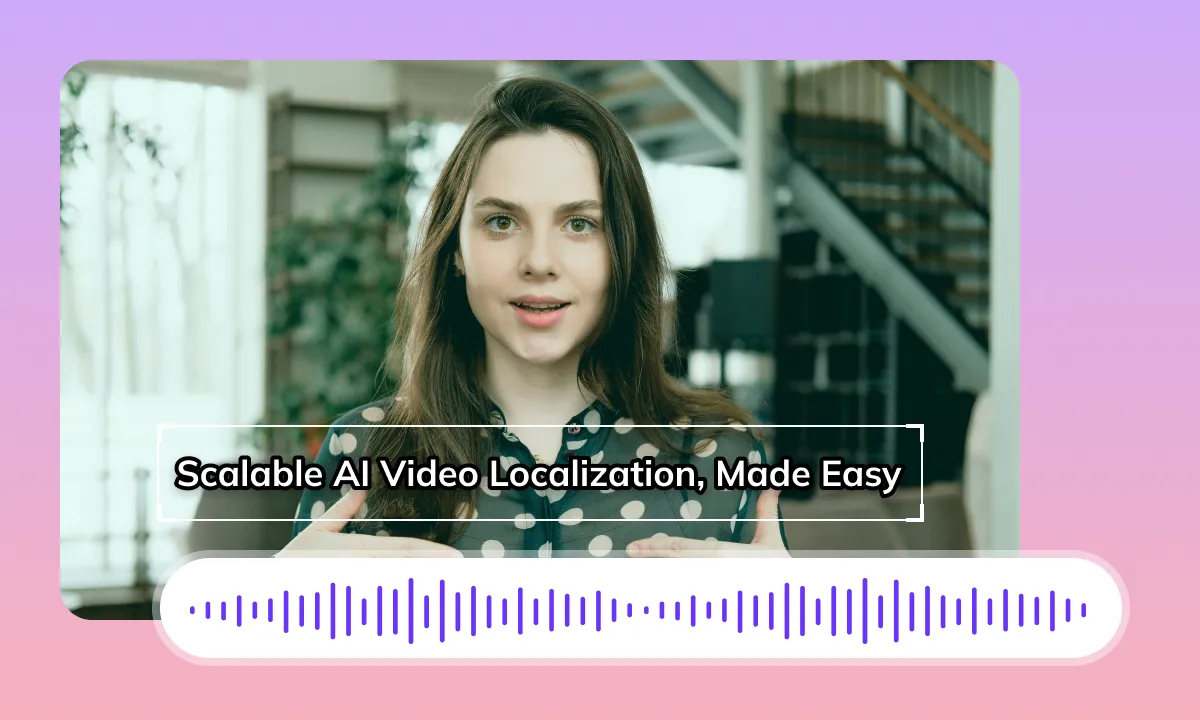
Seamless Hindi Dubbing & Perfect Lip-Sync
GhostCut ensures natural Hindi audio flow by treating related subtitles as whole ideas for TTS. It then precisely times new Hindi subtitles. Since Chinese-to-Hindi translation can change speech length, our AI expertly adjusts the new Hindi audio, subtitles, video, and BGM to maintain perfect sync, just like a seasoned editor.
Translate NowBoost ROI with Flawless Chinese Subtitle Removal
Original Chinese hardsubs can limit your video's global appeal. GhostCut’s AI doesn't just blur; it intelligently reconstructs the background obscured by Chinese subtitles, even complex ones, for a perfectly clean, high-quality visual. This means better viewer engagement, longer watch times, and higher ROI.
Translate Now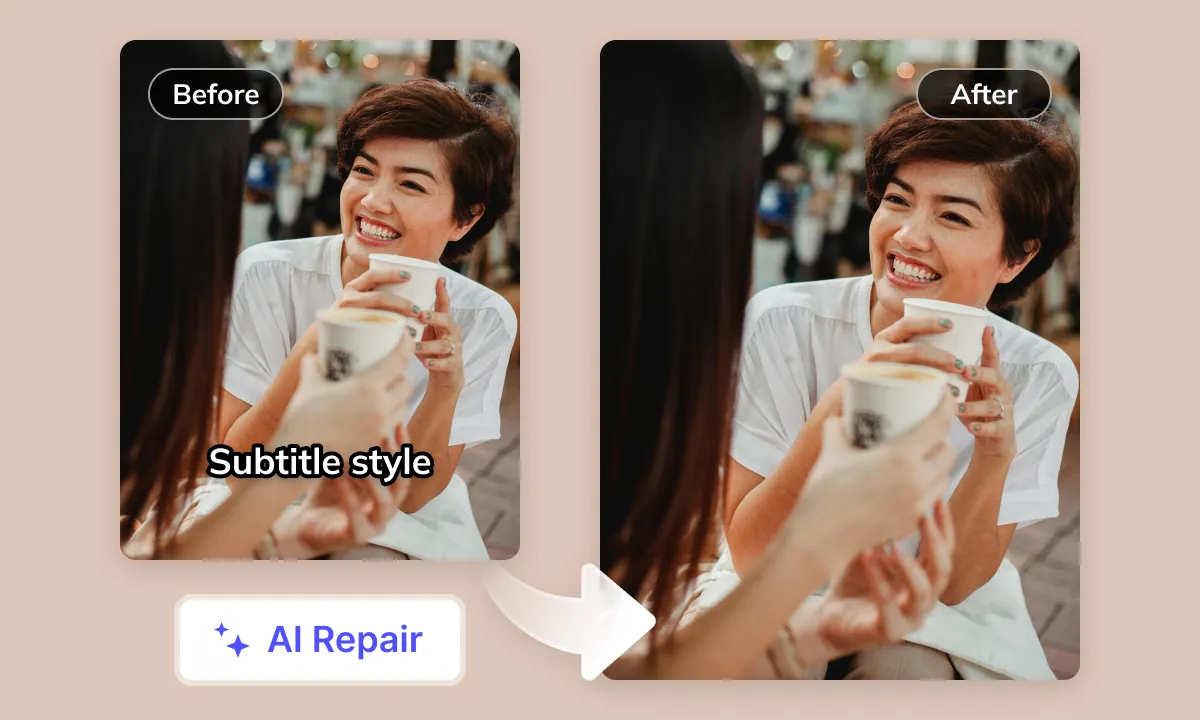
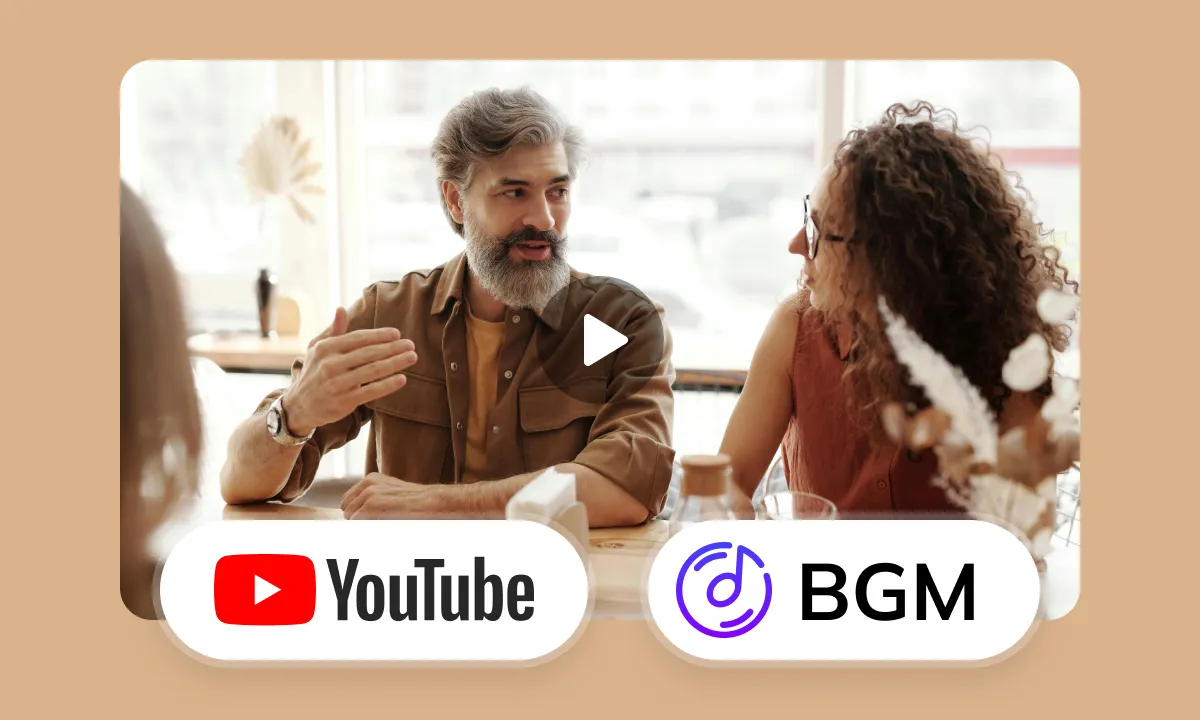
Smart Audio Control for YouTube Creators
Navigating BGM copyright on YouTube is tricky. GhostCut’s advanced audio separation isolates Chinese dialogue for translation, while intelligently managing BGM, sound effects, and even emotional expressions. Our "Keep SFX, Remove Music" option is a creator favorite for avoiding copyright issues without losing your video’s impact.
Translate NowHow to Attract Hindi Audiences with Chinese Videos
China boasts a vast library of original content, from short videos and web series to food guides and personal vlogs. While popular domestically, language barriers hinder international reach, particularly in the large Hindi market. On platforms like YouTube, limited quality Hindi translationdubbing makes many Chinese videos hard for Hindi speakers to understand. This impacts their appeal, interaction, and reach. An efficient Chinese to Hindi AI translationdubbing solution is needed. It helps content overcome barriers and reach Hindi audiences
Chinese to Hindi Translation: Insights and Challenges
Significant Linguistic and Cultural Differences
Chinese and Hindi belong to different language families, exhibiting vast differences in structure, grammar, vocabulary, expression habits, and cultural connotations. Translating idioms, proverbs, and specific cultural references is particularly challenging, as direct translation often fails or leads to misunderstanding. The core challenge lies in accurately and naturally conveying the original meaning across two distinct cultural contexts
Character Systems and Text Expansion
Chinese uses compact logograms with high information density, whereas Hindi employs Devanagari script, which occupies more space when written. Translating Chinese content into Hindi subtitles or text often results in significant text expansion. This necessitates re-layout, careful line breaks, and character limits per line to fit screen displays, preventing screen obstruction or reading difficulties
Speech Rate and Audio-Visual Synchronization
Chinese can have a relatively fast speech rate when conveying specific information. Due to its grammatical structure and vocabulary characteristics, Hindi may require longer sentences or more syllables to express the same content. This often makes it difficult to precisely match the translated Hindi audio or subtitles with the original video's speaking speed and visual rhythm
Chinese Speech Recognition Challenges
Chinese speech in video sources may include various dialects, complex interwoven dialogues, and background noise interference. These factors collectively impact the AI's fundamental ability to accurately recognize and transcribe Chinese audio, subsequently affecting the quality of the translation
Limitations of Hindi AI Voices
Current Hindi AI voices used for dubbing still exhibit shortcomings in emotional expression and natural fluidity. The selection of high-quality, expressive AI voices remains relatively limited, making it challenging to fully replicate the impact delivered by human voiceovers
Complexity of Lip-Syncing
Chinese and Hindi exhibit significant differences in pronunciation mouth shapes. Achieving precise synchronization between dubbed Hindi audio and the original video's character lip movements presents a technical challenge when overlaying Hindi voiceovers onto Chinese source videos, thereby affecting the natural viewing experience
Ideal Automation Workflow Standard
An ideal AI translation workflow for Chinese to Hindi should achieve efficient and accurate Chinese speech recognition, followed by a deep understanding of the original meaning to produce idiomatic and culturally appropriate Hindi translations. This should then lead to the generation of smooth, natural Hindi voiceovers using high-quality AI voices (with best efforts made for lip-syncing), culminating in automated alignment and integration of audio, video, and subtitles
Tackling Video Translation Challenges with AI Empowering your Chinese content for any worldwide scenario.
Your All-in-One AI Translation Studio
GhostCut offers more than just Chinese-to-Hindi translation. It's a complete AI-powered workflow: subtitle extraction 、 removal 、 translation and proofreading to multi-character dubbing , BGM processing, and final rendering. Go from Chinese source to global-ready videos, effortlessly.
